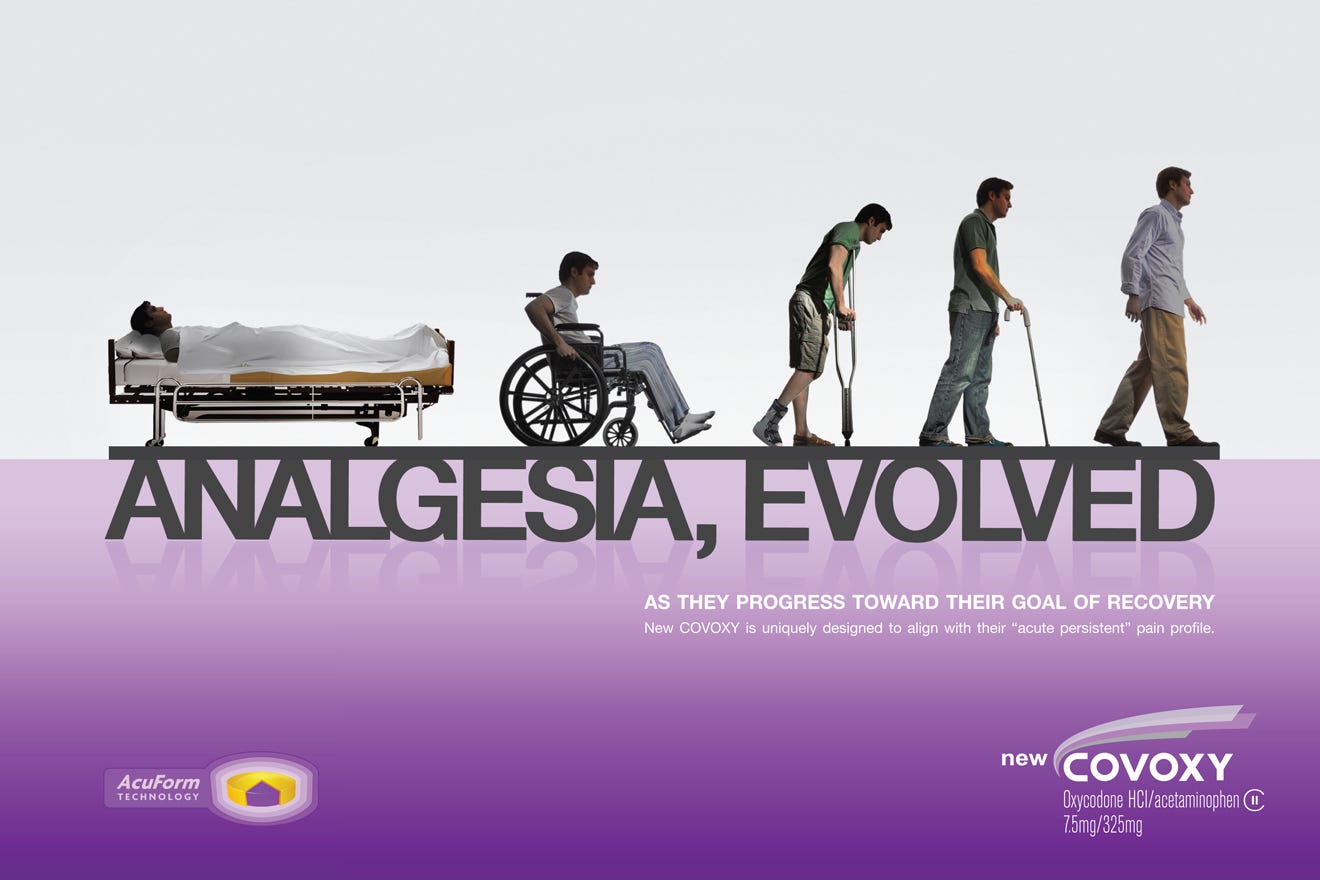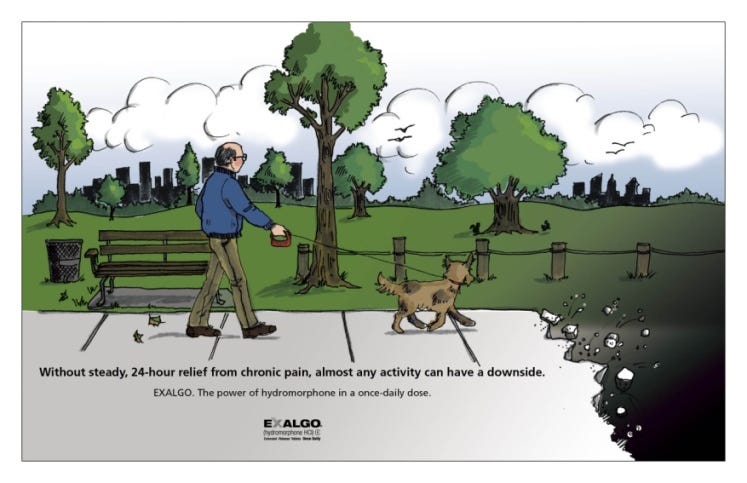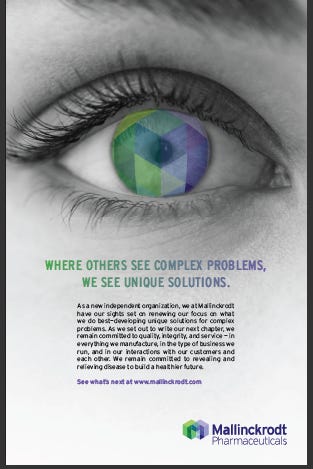Slideshow: Opioid Advertisements From the Height Of the Crisis
The opioid crisis didn’t happen by accident. The pharmaceutical industry, with the FDA’s blessing, marketed addictive medicine to vulnerable people in predatory fashion.
It’s easy to forget just how ubiquitous these ads were at their peak, in the 2000s and early 2010s. That’s why a new collection of these images is so fascinating. Part of an archive maintained by the University of California, San Francisco and Johns Hopkins University, they’re a nightmarish — yet almost nostalgic — trip down memory lane.
The archive provides access to scores of documents procured through opioid lawsuit settlements, including internal presentation slides and public advertisements. The ones shown here range from 2006-2014, and all are taken from Mallinckrodt Pharmaceuticals.
From a release about the image collection:
The opioid industry’s aggressive promotion, marketing, and distribution of opioids is visually evident in this new collection. It gives a new view into key images from internal and external presentation decks, marketing ads, and media that helps viewers understand how companies had a clear plan to spread the use of opioids, increase the prescribed amounts, and steer clinicians and patients in a direction that drove the crisis.
Mallinckrodt Pharmaceuticals was founded in St. Louis. It’s now based in Ireland, for tax purposes, but still has headquarters here. One of the world’s most despicable companies, Mallinckrodt refined uranium for the Manhattan Project and then let radioactive waste seep into the North St. Louis County ground water, which to this day gives people cancer.
As for these images, I believe they show Mallinckrodt to be an even more nefarious player in the opioid crisis than we originally thought.
And yet most people have never heard of them. That’s because they make opioid products and other pharmaceuticals (including cocaine) that are often marketed under different brand names.
Mallinkrodt’s products are everywhere, but none are as well known as OxyContin. That’s partly why Purdue Pharma has been portrayed as the main villain in the crisis, even though Mallinckrodt dispensed many more opioid pills: 36 billion between 2006 and 2014, according to the DEA.*
*That includes 800 million in Missouri.







